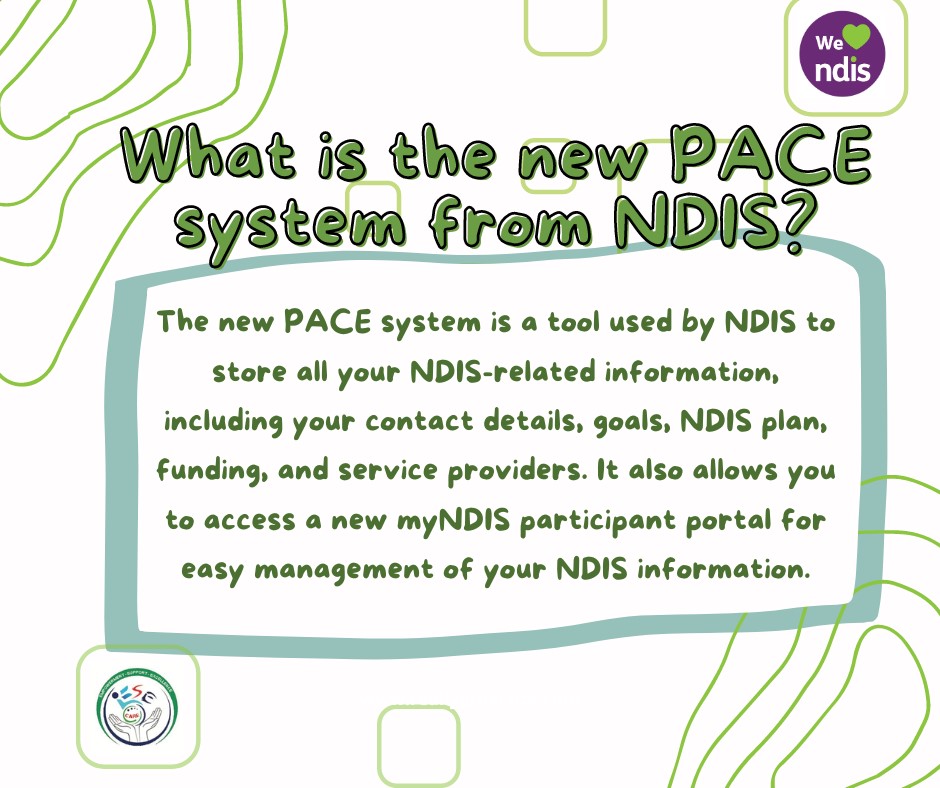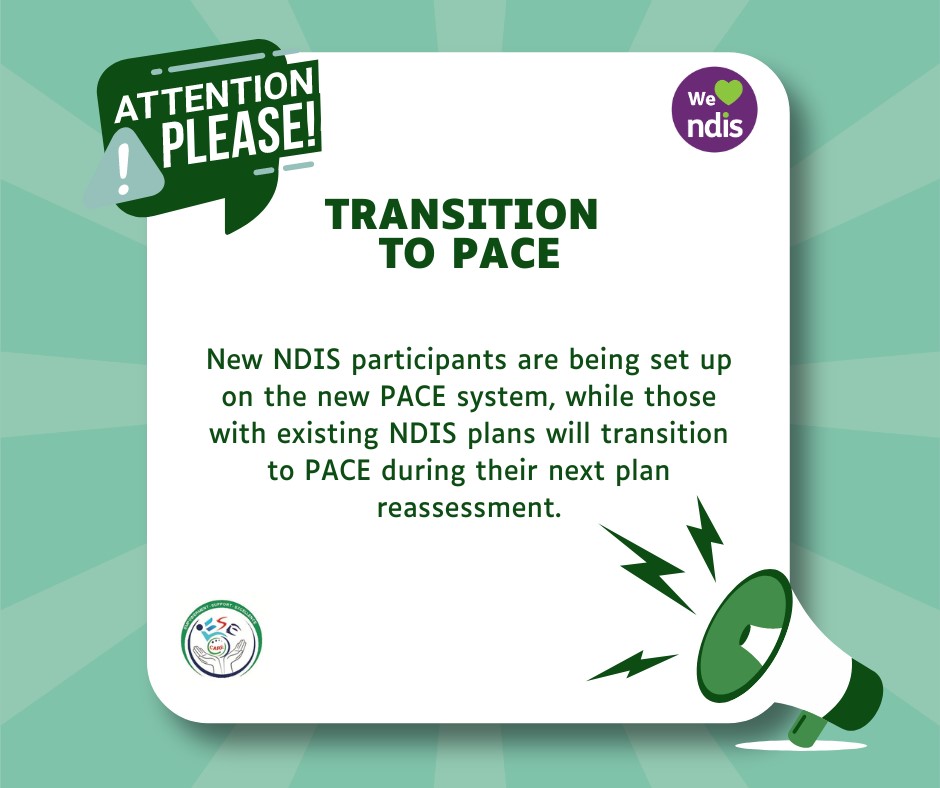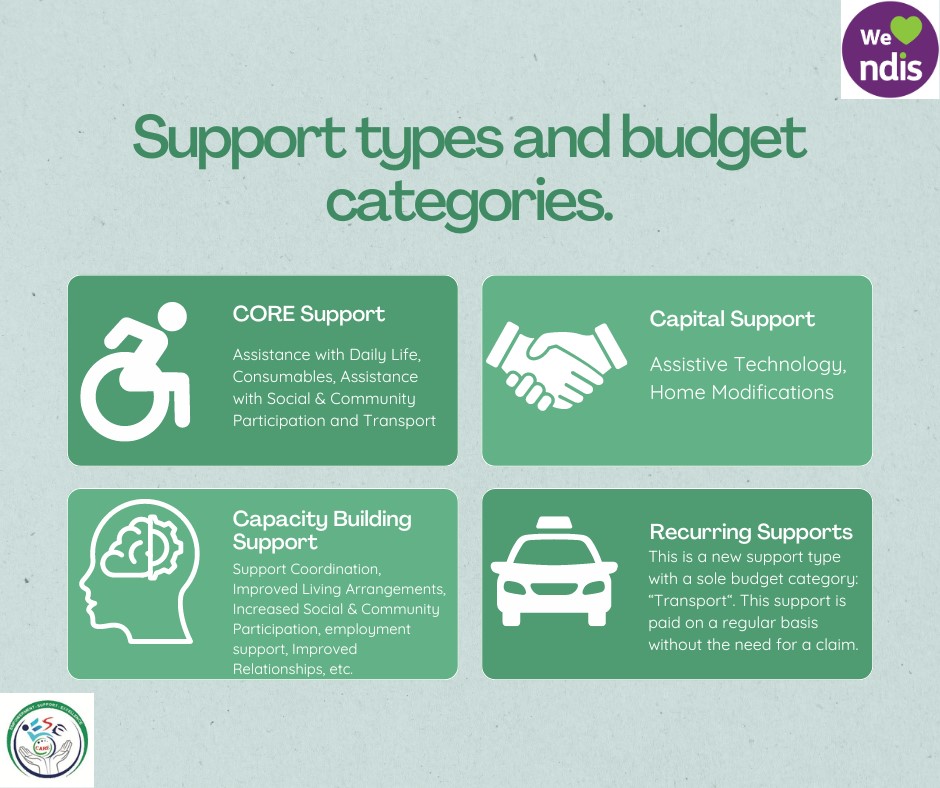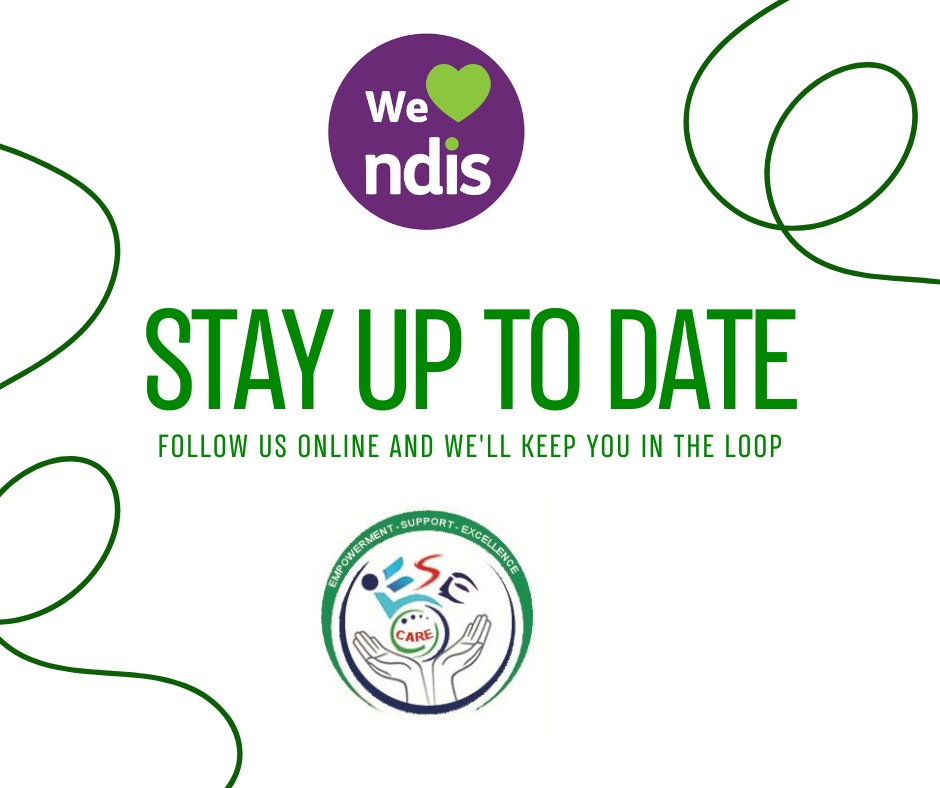The National Disability Insurance Scheme (NDIS) has introduced the new PACE system, a comprehensive tool designed to streamline the management of all NDIS-related information. This system stores participant details, goals, NDIS plans, funding information, and service provider details.
PACE (Participant-Centered Engagement) is a new system being rolled out by the National Disability Insurance Scheme (NDIS) aimed at streamlining and improving the participant experience. PACE introduces several updates to the way NDIS plans are managed, including simplifying the plan creation and review process, enhancing communication with participants, and providing greater flexibility in how budgets are used.
One of its primary goals is to ensure more consistent decision-making and improve transparency throughout the NDIS process. PACE also integrates digital tools to make it easier for participants to manage their plans online and stay engaged with the NDIS.

The transition to the PACE system is a significant step forward in enhancing the NDIS experience for participants. New NDIS participants are automatically set up with the PACE system, while those with existing NDIS plans will transition during their next plan reassessment. This shift aims to provide a more efficient and user-friendly platform for all NDIS participants, ensuring that everyone can easily manage their supports and services.

NDIS offers a variety of support types to cater to the diverse needs of its participants. The support types are grouped into four main categories:
- Core Supports: These are essential services that assist participants with daily living activities. They cover support for daily life, consumables, assistance with social and community participation, and transport.
- Capital Supports: This category includes funding for assistive technology and home modifications, helping participants maintain independence and safety in their daily lives.
- Capacity Building Supports: These supports focus on developing a participant’s skills and abilities to achieve their goals. This can include support coordination, improved living arrangements, increased social and community participation, employment support, and improved relationships.
- Recurring Supports: A new addition to the support types, this category solely covers transport. It is designed to provide regular payments to participants without the need for a claim process, ensuring consistent access to essential transportation services.

The NDIS has recently expanded its support categories from 15 to 21, ensuring more specific and tailored support options for participants. The new categorization reflects a refined understanding of participant needs, allowing for better allocation of resources and services. The categories are now grouped under the four main support types—Core Supports, Capital Supports, Capacity Building Supports, and Recurring Supports—each offering specialized support to enhance participant wellbeing and independence.

To keep up with all the latest updates and changes in NDIS, participants are encouraged to follow NDIS online. Staying informed will ensure that participants can make the most of the available resources and support services. By engaging with the community and staying updated, participants can navigate their NDIS journey more effectively and maximize the benefits of their plans.








